Description
Divan Parvin Etesami is a collection of Masnavi, allegories and passages of the greatest Iranian female poet in the history of Persian literature.
Parvin’s poems are simple and pleasant. Parvin’s various themes are like a garden full of plants that truly caresses the soul. Morality and all its beautiful and just interpretations and concepts shine like a shining star on Parvin’s divan, as Master Bahar says about his poems: Seizing time leads to perfection, diligence, good fortune and virtue.
In his poems, he follows the style of the pioneers, especially Nasser Khosrow, and his poems mostly include moral and mystical themes. Parvin expresses wisdom and moral issues in such a simple and eloquent language that it impresses the reader from every class.
In the power of speech and mastery over the industries and etiquette of speech, he was also the basis of famous speakers and in the meantime he paid special attention to the debate and revived this method which was the method of poets in the north and west of Iran. Parvin is influenced by Saadi and Hafez and his poems are a combination of Khorasani and Iraqi styles.
In a part of Parvin Etesami’s book Divan, we read:
Said the fish-eater with the fish away
Who: What do you want from this salty sea?
Your wisdom and weakness are suffering
This is not the way of life, it is the way of death
In the muddy water, oh, oh
To be confused day and night
It’s time to plan
Repair in the living room
We have secured Basat from sedition
We have lit hundreds of thousands of candles
Hey, how can we not feel sad?
There is no storm, flood or wind
If you come near us
The nose is empty of worldly thought

Parvin (Rakhshandeh) Etesami is the most famous Iranian female poet. He was the son of Yusuf Etesami, a poet, translator, representative of the people of Tabriz, and the grandson of Etesam-ol-Molk, the director general of the Ministry of Finance of Azerbaijan. He was born in Tabriz on March 16, 2012. Parvin’s father, who played an important role in shaping and flourishing his artistic life, took him to great masters such as Dehkhoda and Malek al-Sho’arai Bahar to learn poetry from them.
After that, he continued his education in the American school “Iran Church” and became the language teacher of that school. Parvin composed her first poems at the age of seven and her most beautiful poems are related to her adolescence. He who had grown up in the presence of great and freedom-loving professors of Persian language and literature from the beginning. Poetic poems were written in support of the oppressed and condemnation of oppression, and the language of his poems was critical, clear and eloquent.
Parvin’s poetry collection was published after her unsuccessful marriage at the age of 28. Some of his poems were also published in “Bahar” and “Amthal va Hakam” magazines. After Saeed Nafisi introduced Parvin’s divan in the Iranian newspaper, he received a scientific award from the Ministry of Education.
Needless to say, Parvin’s divan does not include all of his poems, because a few years before his death, he burned a part of his poems that he did not like.
The themes and meanings of Parvin’s poems describe his deep attachment to his father, his great talent and enthusiasm for learning science, his spirit of oppression and opposition to oppression and the oppressors, and his support and expression of sympathy and sympathy for the deprived and oppressed.
Parvin died of typhoid fever in Tehran at the age of 35 before the second edition of his poetry collection was published in 1320, and was buried in the shrine of Imam Masoumeh in his family tomb. Before his death, he also thought of poetry on his own tombstone:
That the black soil is bedding
Akhtar is the wheel of Parvin’s literature
Although he saw nothing but bitterness from my days
Whatever you want, his words are sweet
Parvin Etesami’s birthday, the 25th of Esfandmah, has been registered as “Parvin’s Commemoration Day”.
1- Introducing the book on YouTube
2- Introducing the book in Aparat



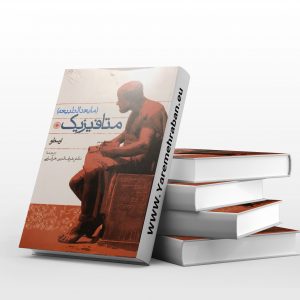
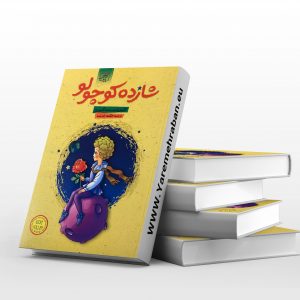


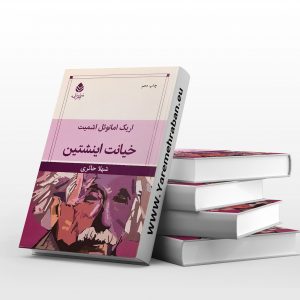
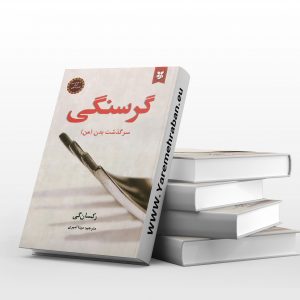
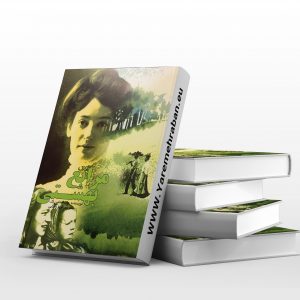

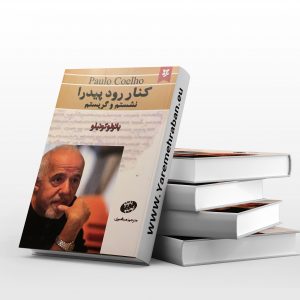


Reviews
There are no reviews yet.